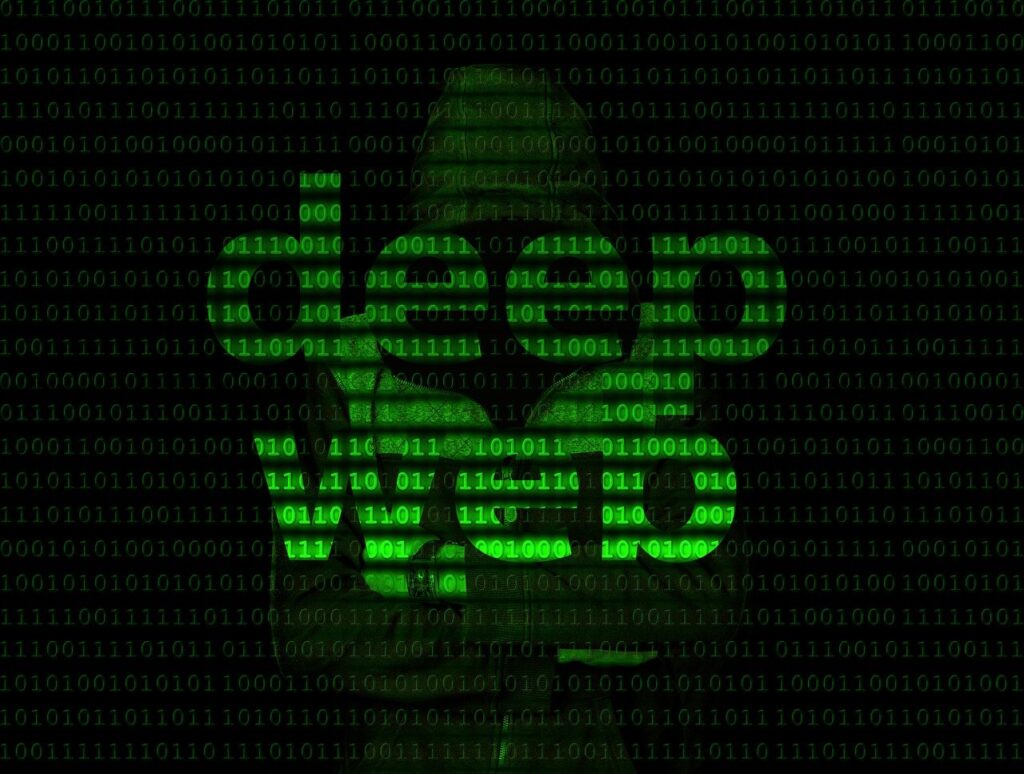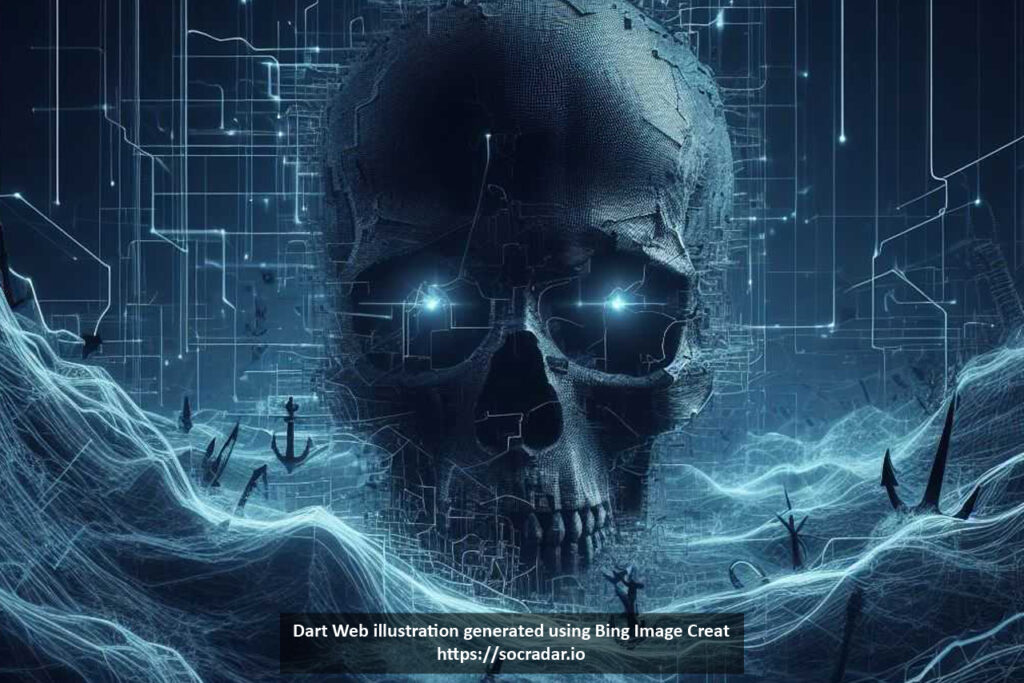
What is the Deepfake?
Deepfake refers to a technique used to create or manipulate audio, images, or videos to make them appear genuine but are actually synthetic or altered. This technology utilizes artificial intelligence, particularly deep learning algorithms, to generate highly realistic fake content that can be difficult to distinguish from authentic media.
The term “deepfake” is a portmanteau of “deep learning” and “fake,” highlighting its reliance on advanced machine learning techniques. Deepfake technology has gained attention for its potential to create convincing impersonations of individuals, including public figures, by superimposing their faces onto other people’s bodies or altering their speech in videos.
While deepfake technology has various potential applications, such as in the entertainment industry or for creating lifelike animations, it also raises significant ethical and security concerns. Deepfakes can be used to spread misinformation, manipulate public opinion, or deceive individuals by creating fake news, forged evidence, or fraudulent content.
To mitigate the risks associated with deepfakes, researchers and technologists are developing countermeasures, such as detection algorithms to identify fake media, educational initiatives to raise awareness about deepfake technology, and legislative efforts to regulate its use. However, the cat-and-mouse game between creators of deepfake technology and those working to combat its misuse continues to evolve as the technology advances.



